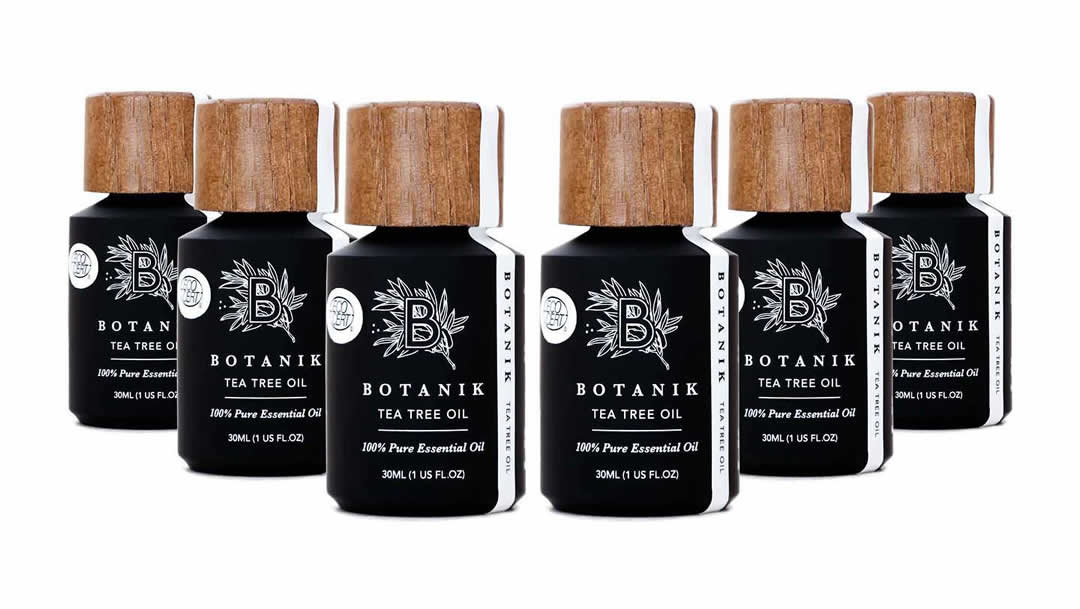Tea Tree Oil is an essential oil which you can use for different purposes including keeping your skin, hair, and nails healthy. The health benefits of tea tree essential oil, or Melaleuca, can be attributed to its properties such as being antibacterial, antimicrobial, antiseptic, antiviral, balsamic, cicatrizant, expectorant, fungicide, insecticide, stimulant, and a sudorific. This is the reason it is pretty popular in aromatherapy, as it not only mixes well with a lot of other oils, but can give you benefits internally too, which is not possible if you are not allowed to consume tea tree essential oil. Tea tree essential oil may offer pain, muscleaches, and sprain relief, as its powerful chemical properties may act as an anti-inflammatory and it can also encourage blood flow in the area in question (being stimulant), thereby accelerating the healing process and increasing the speed of new tissues and cell growth.
According to the Committee for Herbal Medicines Products (CHMP) of the European Medicines Agency, traditional use suggests that tea tree oil is a reasonable treatment for small superficial wounds, insect bites, and minor boils, it may help to lessen the itching of small cases of athletes feet, and it can aid mild inflammation in the lining of the mouth. Although little published research exists about tea tree oils efficacy for treating dandruff, a controlled trial suggests it might help. Another study found that while tea tree oil helped alleviate scales, inflammation, itching, and burning, just like antifungal medications, tea tree oil was not nearly as effective in truly getting rid of the fungus in the nails (26).
In one study that compared the effects of various treatments for contact dermatitis, tea tree oil was found to decrease symptoms 40%, which is substantially greater than the effects of standard topical application of medications on skin (22). According to one study, using a facial treatment that contains tea tree oil can moisturize skin and decrease oiliness. Studies have compared tea tree oil to nerolidol — a natural compound found in certain essential oils — for treating lice.
Head lice are becoming increasingly resistant to medical treatments, so experts are increasingly considering essential oils as alternatives. The oil has been used for nearly 100 years in Australia as a healing treatment, especially in skin conditions. Aboriginal people crushed the leaves of tea trees to extract the tea tree oil.
Similar oils may also be produced from the distillation of Melaleuca linariifolia and Melaleuca dissitiflora. One study found tea tree oil to be more effective at reducing and treating hemorrhage and inflammation than either a placebo or chlorhexidine antiseptic gel. Tea Tree is now widely known and is often used for treating acne, cuts, wounds, sore throat, ringworm, athletes foot, vaginal infections, hemorrhoids, insect bites, and dandruff.
Some studies have suggested its antibacterial activities stem from its ability to break down bacterial cell walls. Most studies reviewed focused on Candida albicans, a species of yeast commonly found in the skin, genitals, throat, and mouth.
Tea tree oil is defined according to International Standard ISO 4730 (Oil of Melaleuca, Terpinen-4-Ol Type), which contains terpinen-4-Ol, G-terpinene, and A-terpinene in approximately 70% to 90% of total oil, whereas P-cymene, terpinolene, A-terpineol, and A-pinene together make up approximately 15% of tea tree oil (Table, Right). Many essential oils are low potency — but we do not believe in shortcuts when it comes to the quality of our oils. We are proud to be USDA Organic — that means that we are bottling essential oils that are derived from plants grown without using banned chemicals, pesticides, and fertilizers, toxic human waste sludge, biosolids, or toxic solvents.


Recent Comments